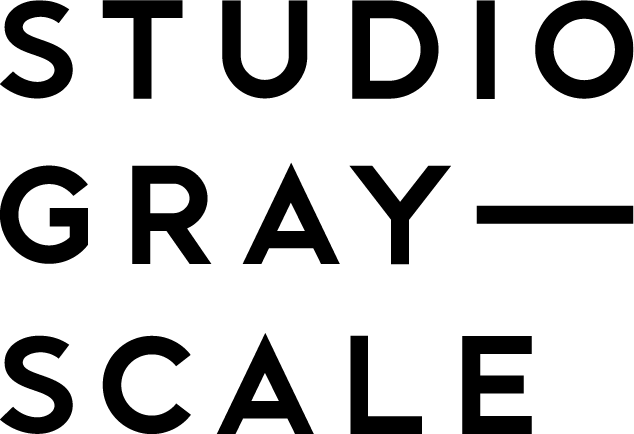STRONG, IMPACTFUL STORE DESIGN ROLLOUT
In order to achieve brand consistency, you need to start with a clear brand direction, some powerful branding and a strong design concept.
When working with larger brands, we consistently see clearly identifiable factors that separate them from smaller brands.
- They can clearly identify and explain who their target market is.
- They have brand guidelines. These guidelines set clear rules around logos and graphics.
- They have a design concept that is identifiable and aligns with their target customer and brand direction.
In understanding these factors, how can you apply these to your brand, to achieve consistency?
Firstly – you need to be able to brief any graphic & store designers you engage on what your offering is, and who your target market is. This brief starts with you as the brand owner. The clearer you can be on this point – the stronger and clearer your branding and store design can be.
Brand Guidelines & Logo Design:
The importance of a unique logo, and clear brand guidelines is paramount for consistency across all stores. Establishing a clear branding document / style guide, ensures that any designer or manufacturer working on your roll out, knows exactly how your brand should be represented. Ensuring consistency across your branding will make your brand clearly identifiable, recognisable, familiar, and stronger.
Ensure you have a kit of strong, clear, powerful graphics that can be used not only on your print media, but also across your store design. Investing in a clearly defined brand document is the first step towards brand consistency across multiple stores.
Store design concept:
Once you have your brand document / style guide – engage a store designer to create a store design concept that encapsulates your brand, and that appeals to your target customer.
Consider your store design as your most powerful marketing tool. It should effectively be an extension of your style guide – in 3D.
If you have painted a very clear picture of who your target market is, and what your offering is to your store designer, they should be able to then develop this into a store design which is a response to your brief.
As your brand would only have one logo and one style guide - your brand should also only have one store design concept. This should be strong – clear and recognisable. It should incorporate specific finishes, colours, graphics and fixtures (furniture / light fittings etc) that are distinctly and uniquely connected with your brand.
Once this concept is established, this is then effectively your brand document in 3D. When leases are signed with landlords and shopping centres, ensure they are aware of your store design concept, and that this concept forms part of your lease agreement.
By ensuring you continually refer to your brand guidelines / style guide & store design concept as you roll these out across multiple stores - this will ensure your brand remains consistent across multiple stores.
